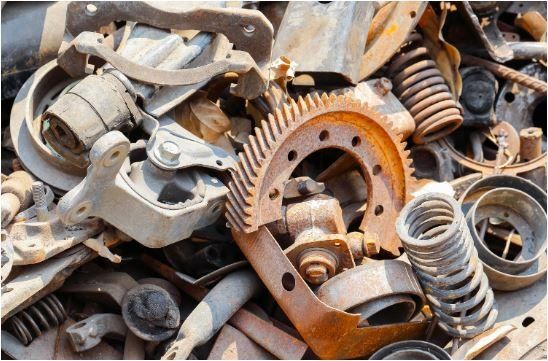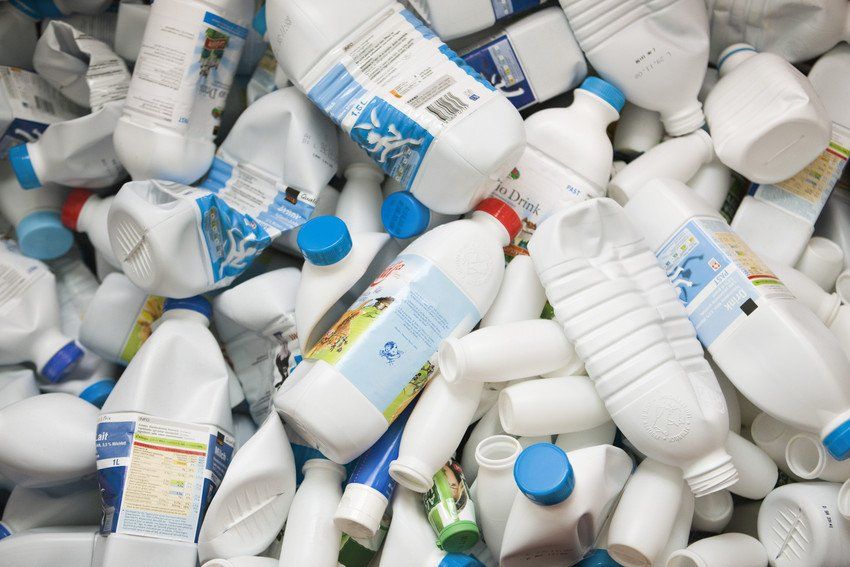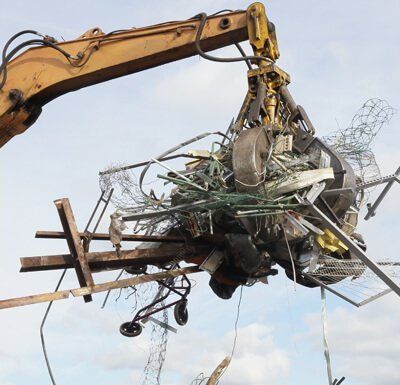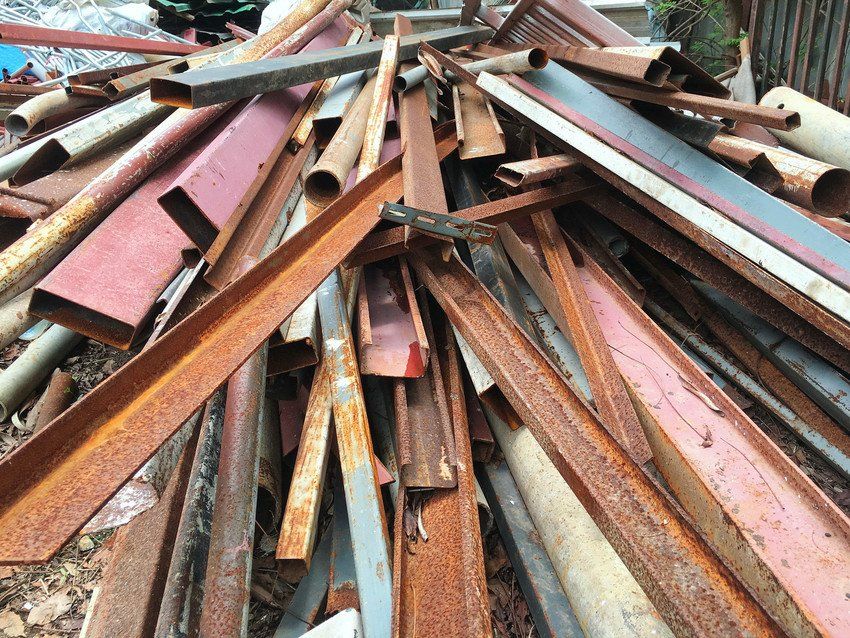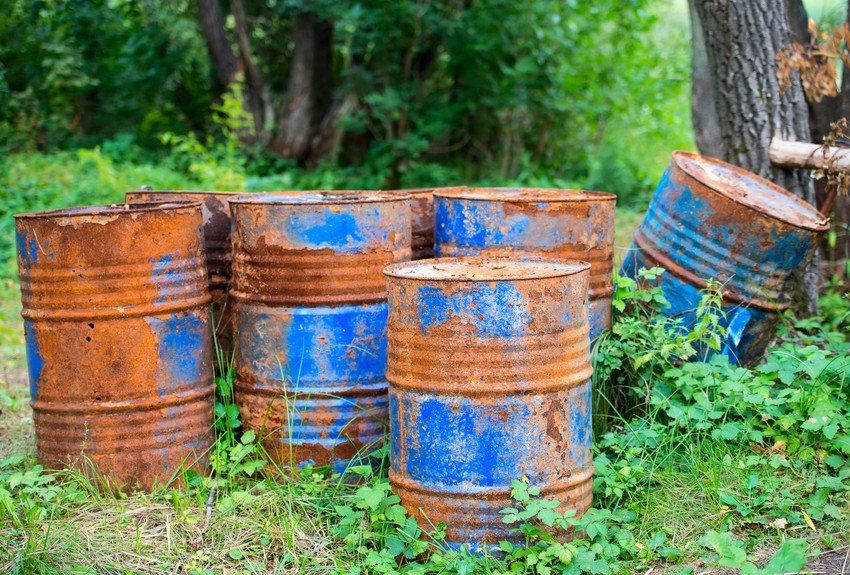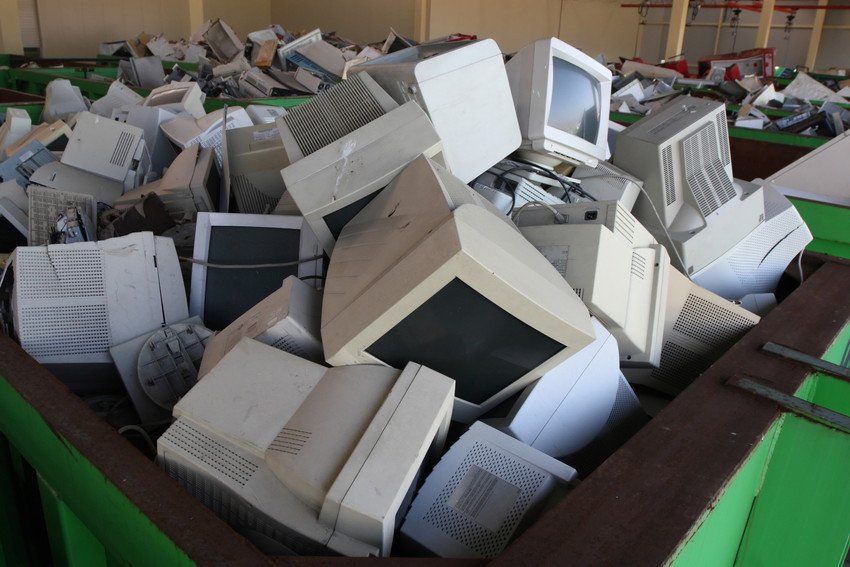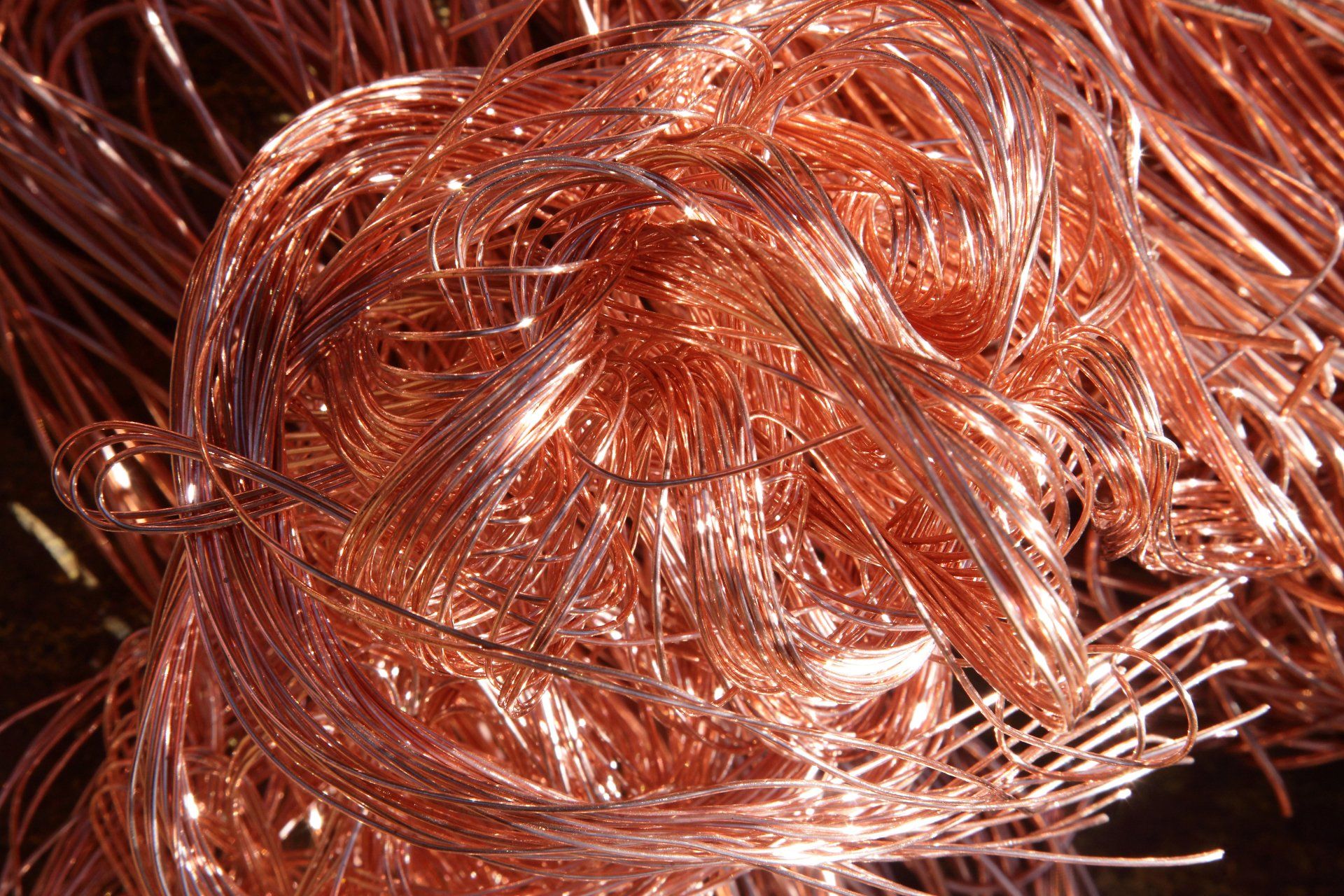A Guide to Eco-friendly Building Materials: From Waste Metal to Recycled Aggregates
The construction industry hasn’t always had the best relationship with the environment. Research has found that the construction sector is responsible for 23% of air pollution, 50% of the climatic change, 40% of drinking water pollution, and 50% of landfill wastes. However, times are changing, as businesses become more aware of their impact on the planet and pledge to find ways to lower their carbon footprint.
The processes involved in mining traditional construction materials like concrete, asphalt and steel all have a negative impact on the environment and the production of concrete causes up to 8% of global CO2 emissions. Luckily, there are plenty of alternative eco-friendly building materials and many construction companies are placing their focus on sustainability. If you want to know more about these materials and why it’s so important to choose eco-friendly options, read on for our handy guide.
Why is it important to use eco-friendly building materials?
Sustainable construction refers to the practice of using renewable and recyclable materials when building new structures, as well as reducing energy consumption and waste. The primary goal is to reduce the industry’s impact on the environment (which is significant as you can see in the statistics above).
Sourcing raw construction materials often involves the use of fossil fuels and the shipping of these materials also generates a lot of carbon emissions. Choosing recycled, sustainable and locally sourced materials helps the construction industry to cut down on carbon emissions, preserve resources and reduce the amount of pollution they produce.
There are further benefits to using eco-friendly building materials too; data shows that so-called green buildings are worth 7% more compared with traditional buildings. Green buildings also have lower operating costs and being sustainable is great for your business’s reputation - a survey shows that 91% of consumers would switch to a different company if it’s associated with a good cause.
Eco-friendly building materials and their uses
We’ve covered why it’s important to choose green building materials, but what are the options out there? There are plenty of eco-friendly materials to choose from, including waste metal, recycled aggregates and more, so see below to find out more about these materials and their uses.
Recycled aggregates
Recycled aggregates consist of fragments of previously used material that have been subjected to mechanical processing such as crushing and sizing. There are many different varieties of recycled aggregate, including asphalt, concrete, brick, crushed stone, sand and gravel. New aggregates are mined using a process known as quarrying, but this can have many negative effects on the environment. Quarrying requires large amounts of energy and it can lead to noise pollution and contamination of local air and water supplies.
Recycled aggregates are less expensive to produce, so you’ll save money and help to protect the environment. If you choose a local company, you’ll also cut down on harmful emissions produced by transporting the aggregate.
Scrap metal
Scrap metal refers to any waste metal, metallic material or recyclable product containing metal leftover from previous manufacturing processes. Despite the name, scrap metal is not waste and it can be recycled over and over again. Scrap metal can be used as a building material, to create new packaging, furniture or to create artwork like sculptures. Using scrap metal saves a lot of energy (as it reduces the need to mine for new metals), therefore reducing the amount of greenhouse gases produced.
Bamboo
Bamboo grows incredibly quickly compared to many varieties of trees and it can reach full size in just three or four months (as opposed to decades). It’s also antibacterial, biodegradable and eco-friendly if it isn’t chemically processed.
Bamboo is light but incredibly strong, with a strength three times that of timber and greater tensile strength than steel. Bamboo houses can be found in many parts of the world, including South Asia, East Asia and South America.
Recycled steel
Steel doesn’t lose any of its strength or durability during the recycling process, so it can be reused again and again! Steel is actually the most recycled material in the world and more steel is recycled each year than plastic, paper, aluminium and glass all combined. Recycling steel saves huge amounts of energy, as there’s no need to extract more iron ore to make new steel.
Recycled steel can be used as a packaging material for a variety of food and drink products and it’s also used to make household items, industrial products, train tracks and much more.
Straw bales
Straw bales are a great natural insulator and they can be placed in walls, attics and ceilings to keep the temperature stable. Straw is also a renewable material and it can be harvested and re-planted with minimal impact on the environment.
As well as straw bales, straw can also be compressed and used as insulated cladding for ceilings and walls. These panels are 100% biodegradable and recyclable and can be turned into compost or recycled back into panels at the end of their lifecycle.
Sheep’s wool
Sheep’s wool is a completely natural, environmentally friendly material and it makes a great alternative to man-made insulation. The manufacturing process for materials like fibreglass can produce toxic emissions, but sheep’s wool is easy to source, non-toxic and an excellent energy-saving material. You can often see sheep’s wool insulation in ceilings, attics or walls and its fibres create millions of tiny air pockets which trap air and keep heat in.
Clay brick
Clay brick is made from just two ingredients; water and natural clay from the earth. It’s recyclable, eco-friendly and it doesn’t release any toxic chemicals if it does get sent to landfill. Clay brick is also very energy efficient, which is great for the environment and your energy bills. Houses made from clay brick could lower their energy expenses, as the material keeps a house cooler in summer and warmer in winter (as the bricks retain heat).
Cork
You might be used to seeing one in a wine bottle, but did you know that cork is also a great eco-friendly building material? This material is made from the cork oak tree, which is both eco-friendly and highly renewable. Cork can be used to create ceiling panels, acoustic walls and flooring and it has many beneficial qualities.
Cork is highly durable, resistant to moisture and can absorb vibrations from the surrounding area.
Recycled plastic
Plastic items take an average of 10 to 20 years to decompose (plastic bags), all the way up to 1000 years for some items. There is already an alarming amount of plastic sitting in landfill sites and polluting our oceans so it’s vital to reduce the amount of new plastic being manufactured.
Recycled plastic is highly durable and if it’s manufactured using carbon-neutral, non-toxic processes, its greenhouse gas emissions are 95% lower compared to concrete blocks. Recycled plastic is used in construction in many ways, including as roofing tiles, indoor insulation and PVC windows.
Reclaimed timber
Recycled or reclaimed wood has much less of an environmental impact than newly harvested timber. Reclaimed wood can be used for a wide variety of purposes, from wooden flooring to beams, furniture, garden equipment and more. If you are planning on buying new timber, try to source it from a local, sustainably managed forest.
Scrap metal recycling and waste management from Broughshire Waste Metals
Do your bit for the environment with metal scrap collection and recycling services from the team at Broughshire Waste Metals. We’re experts in all types of recyclable metal, including ferrous and non-ferrous varieties, so it can be recycled and reused in future construction projects. As well as scrap metal collection, we also offer an all material recycling service and commercial hazardous waste disposal.
You can be confident that all of our services are as hassle-free and as eco-friendly as possible and we can also provide a range of skip sizes to suit your waste disposal needs. If you’re looking for a recycling company you can trust, give us a call today or
contact us online to discuss your requirements.
